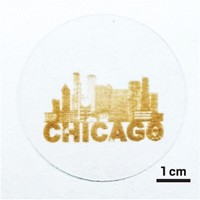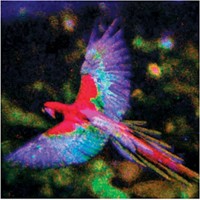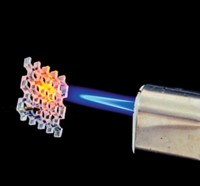Advertisement
Grab your lab coat. Let's get started
Welcome!
Welcome!
Create an account below to get 6 C&EN articles per month, receive newsletters and more - all free.
It seems this is your first time logging in online. Please enter the following information to continue.
As an ACS member you automatically get access to this site. All we need is few more details to create your reading experience.
Not you? Sign in with a different account.
Not you? Sign in with a different account.
ERROR 1
ERROR 1
ERROR 2
ERROR 2
ERROR 2
ERROR 2
ERROR 2
Password and Confirm password must match.
If you have an ACS member number, please enter it here so we can link this account to your membership. (optional)
ERROR 2
ACS values your privacy. By submitting your information, you are gaining access to C&EN and subscribing to our weekly newsletter. We use the information you provide to make your reading experience better, and we will never sell your data to third party members.
Materials
Silicon-Based Ink Looks Good On Paper
Electronic Materials: New laser-assisted method could boost performance of printed semiconductors
by Matt Davenport
April 27, 2015
| A version of this story appeared in
Volume 93, Issue 17
Semiconducting inks are helping researchers print electronic devices on a growing range of low-cost substrates, including paper and plastic. Most of these inks rely on organic or metal oxide materials whose electronic properties are lacking in comparison with the grand pooh-bah of semiconductors—silicon. Scientists have previously developed silicon inks based on cyclopentasilane rings that can be converted to polysilane chains with ultraviolet light. Researchers can then bake those chains to form amorphous silicon at temperatures upward of 350 °C, but those temperatures can damage many inexpensive substrates. A team working at the Japan Advanced Institute of Science & Technology and Delft University of Technology, in the Netherlands, has now transformed cyclopentasilane inks into polycrystalline silicon at lower temperatures by using lasers (Appl. Phys. Lett. 2015, DOI: 10.1063/1.4916998). The team spread its ink on paper, irradiated it with UV light, and then hit it with pulsed laser light. The 28-nanosecond laser pulse contains enough energy to drive silicon crystallization but is brief enough to avoid damaging the paper. Although the team has not yet printed functional devices, the researchers believe the process could help create flexible, inexpensive sensors and radio-frequency communicators.





Join the conversation
Contact the reporter
Submit a Letter to the Editor for publication
Engage with us on Twitter